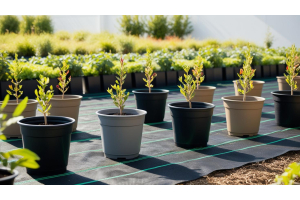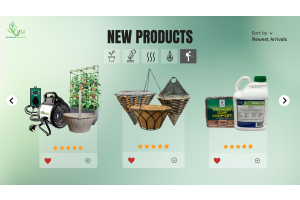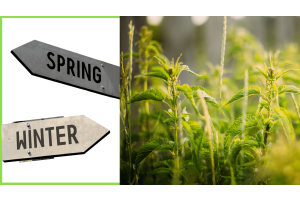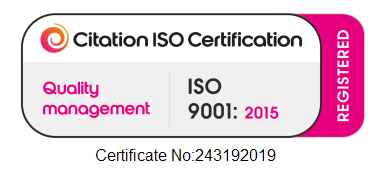Effective Strategies for Controlling Greenhouse Pests: A Comprehensive Guide

Greenhouses offer a controlled environment for growing various plants but are susceptible to pest infestations. Pests like fungus gnats, thrips, caterpillars, leafminers, mealybugs, mites, slugs, and snails can wreak havoc on your greenhouse crops if not managed effectively. This blog explores the most effective strategies for controlling these common greenhouse pests to help you maintain a healthy and thriving greenhouse environment.
Understanding Greenhouse Pests
Greenhouse pests can enter your controlled environment through various means, such as soil, plants, ventilation, or even on your clothes. Once inside, they can reproduce rapidly due to the warm and humid conditions, leading to significant damage. Early detection and implementation of preventive and reactive measures are essential to effective pest control.
Fungus gnats
Fungus gnats are tiny insects that thrive in moist soil and feed on organic matter. They can damage plant roots, leading to stunted growth or root rot.
Strategies for Control:
- Proper Watering: Avoid overwatering, as fungus gnats thrive in damp conditions. Allow the top layer of soil to dry out between watering.
- Sticky Traps: Use yellow sticky traps to catch adult gnats and reduce their population.
- Beneficial Nematodes: Introduce helpful nematodes into the soil. They will prey on the larvae and reduce their numbers.
Thrips
Thrips are tiny, slender insects that feed on plant cells. They cause silvering or scarring on leaves and stunted growth.
Strategies for Control:
- Regular Inspections: Check plants regularly for signs of thrips, such as discoloured leaves or deformed flowers.
- Sticky Traps: Use blue sticky traps to capture adult thrips.
- Insecticidal Soap: Apply insecticidal soap to affected plants to kill thrips on contact.
Caterpillars
Caterpillars, which can cause extensive damage by eating leaves and flowers, come in various forms, such as cabbage worms and tomato hornworms.
Strategies for Control:
- Manual Removal: Handpick caterpillars from plants and dispose of them.
- Biological Control: Introduce beneficial insects like parasitic wasps or predatory beetles to control caterpillar populations.
- Bacillus thuringiensis (Bt): Apply Bt, a natural bacterium that targets caterpillars, to affected plants.
Leafminers
Leafminers are larvae of various insects that tunnel through leaves, causing visible trails and weakening plants.
Strategies for Control:
- Pruning: Remove and dispose of leaves with visible leafminer trails.
- Beneficial Nematodes: Introduce beneficial nematodes to target leafminer larvae.
- Insecticidal Sprays: Use insecticidal sprays containing spinosad or neem oil to control adult leafminers.
Mealybugs
Mealybugs are soft-bodied insects that suck sap from plants, leading to stunted growth and sooty mould.
Strategies for Control:
- Manual Removal: Wipe off mealybugs with a cloth dipped in rubbing alcohol.
- Natural Predators: Introduce ladybugs or lacewings to prey on mealybugs.
- Neem Oil: Apply neem oil to control mealybug infestations.
Mites
Spider mites are common greenhouse pests that create delicate webs on plants and cause yellowing and wilting.
Strategies for Control:
- Humidity Control: Increase humidity levels to deter spider mites, which prefer dry conditions.
- Predatory Mites: Introduce predatory mites to keep spider mite populations in check.
- Insecticidal Sprays: Use insecticidal soap or neem oil to target spider mites.
Slugs and Snails
Slugs and snails are common pests that eat plant leaves and stems, often leaving slimy trails.
Strategies for Control:
- Barriers: Use copper tape or crushed eggshells around plants to deter slugs and snails.
- Handpicking: Manually remove slugs and snails from plants.
- Natural Predators: Introduce ground beetles or toads to control slug and snail populations.
Controlling greenhouse pests requires a multi-faceted approach, combining preventive and reactive measures. Regular inspections, proper greenhouse maintenance, and beneficial insects or natural predators are effective strategies for keeping these common pests at bay. By implementing these strategies, you can create a healthy and productive greenhouse environment for your plants to thrive.










